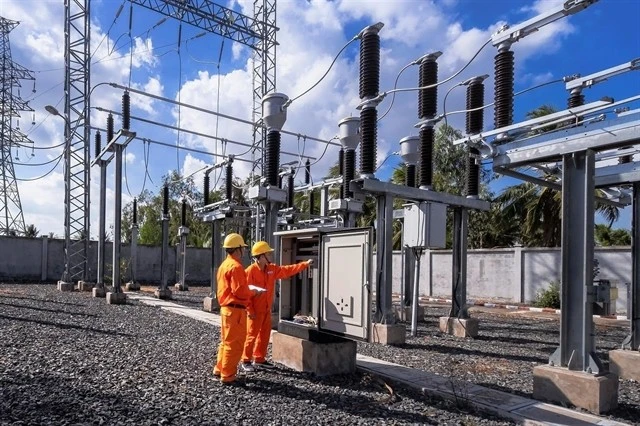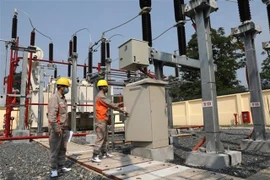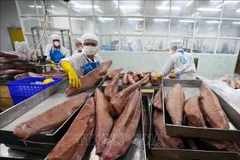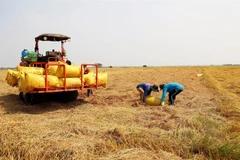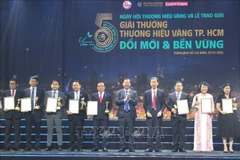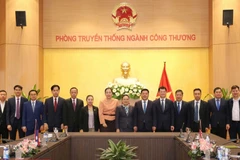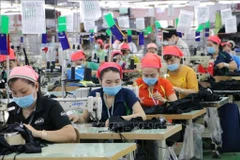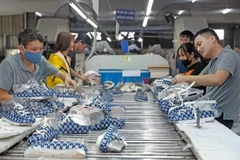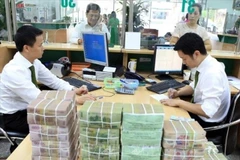Hanoi (VNS/VNA) - As Vietnam’s electricity consumption demand in 2025 is forecast to show double digit growth, 10.5-13% compared to 2024, manufacturing needs to have long-term investment strategies to minimise risks from fluctuations in prices and supply, experts said.
According to analysts at Tien Phong Securities Company (TPS), capital flows are shifting to Vietnam, especially in the manufacturing and processing sector. Those are forecast to increase even more strongly after the incoming US President Donald Trump takes office. At the same time, the Government’s public investment activities will be boosted. These factors will add up to high electricity consumption in 2025.
If the economy grows by 1%, electricity consumption will increase by 1.5%. Therefore, with the growth rate planned by the Ministry of Planning and Investment, electricity consumption in 2025 is forecast to grow by 10.5-11.25%, corresponding to the need for an additional supply of 2,200 - 2,500 MW in capacity. In the case of economic growth higher than 7-7.5%, electricity consumption can increase by 12-13%, the analysts estimate.
The surge in electricity consumption poses a challenge to capacity, requiring the electricity industry and manufacturing enterprises to have more flexible and long-term calculations to minimise risks from fluctuations. As in the TPS's December 2024 electricity industry update report, Vietnam's electricity supply sources have not changed much since 2021. Therefore, it is difficult for electricity supply to increase sharply.
According to expert Dr Dao Le Trang Anh, in the context of energy supply challenges, manufacturing needs to develop a longer-term investment strategy, including investing in renewable energy and converting to a sustainable model.
Anh believed that one of the main solutions to reduce dependence on traditional energy sources is to invest in renewables. Vietnam has advantages in terms of its geography, so manufacturing enterprises can consider installing rooftop solar power systems or investing in wind power projects.
In addition, Anh said, investing in advanced technology is very important to improve energy efficiency.
Companies should consider applying automation systems, installing energy-saving machinery and green production processes to minimise energy consumption and operating costs. Digital transformation and technologies such as the internet of things (IoT) can help monitor and optimise energy usage, thereby helping businesses reduce waste and increase production efficiency, Anh said.
Anh advised businesses to build backup plans and diversify supply sources by cooperating with different energy suppliers and investing in energy storage solutions.
To support the manufacturing sector, Anh said the Government and State management agencies should create a favourable business environment to minimise the negative impacts of energy instability.
To ensure electricity supply in the coming period, experts propose an adjustment to the VIII electricity plan because many of the set goals under the plan are difficult to achieve. Therefore, it needs adjustment and rearrangement of the supply source to minimise the risk of insecurity in electricity supply in the 2026-2030 period./.
